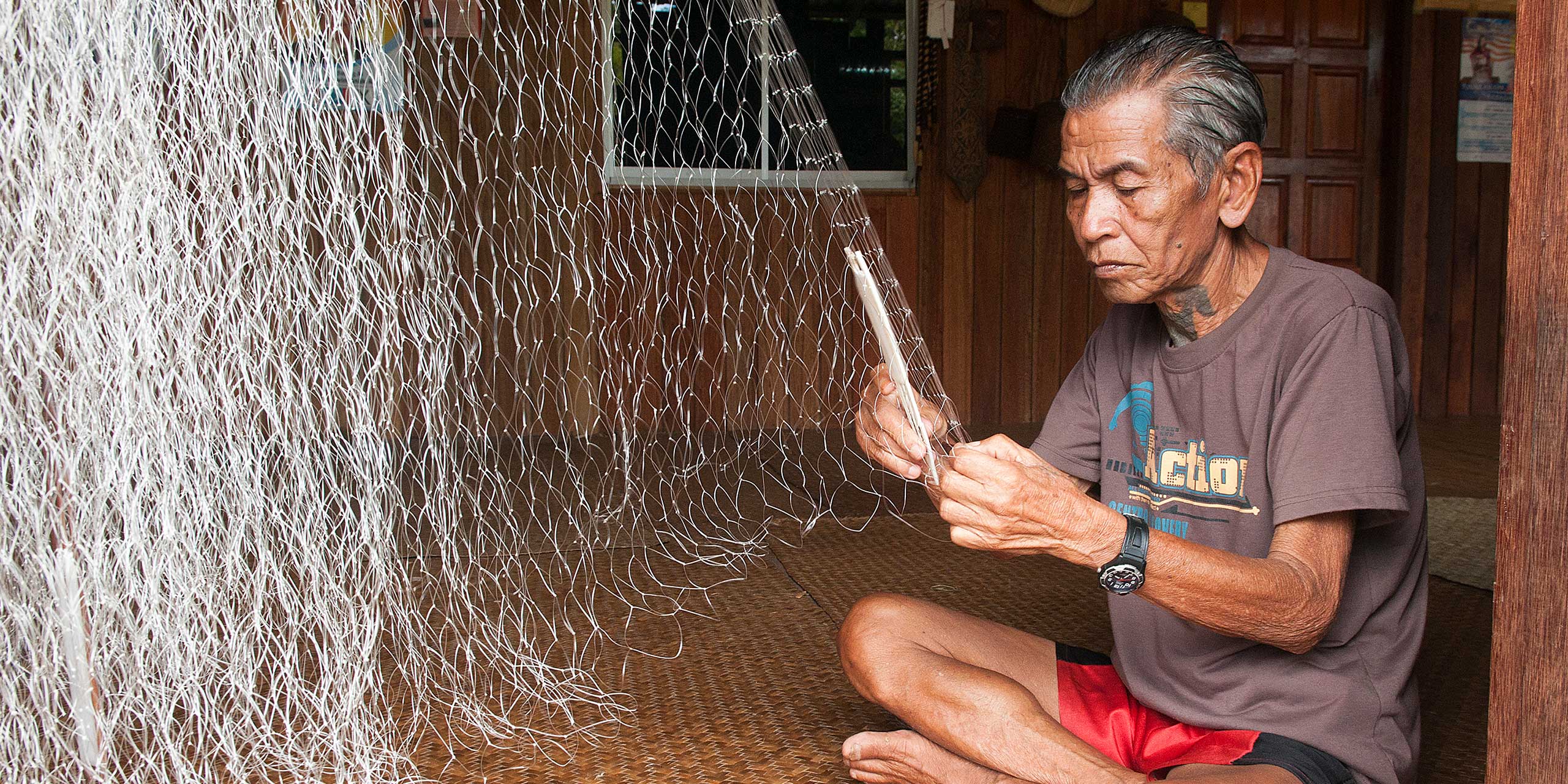
I first started considering an adventure in Borneo after reading Stranger In The Forest, Eric Hansen’s narrative of his epic seven month, 1,430-mile walk across the world’s third-largest island.
Things have changed a lot since Hansen’s 1982 trek, as modernization has transformed both river and jungle travel, but there still are vestiges of both culture and nature in traditional Borneo, which I found when I headed up the Batang Ai River in search of an encounter with the Iban.
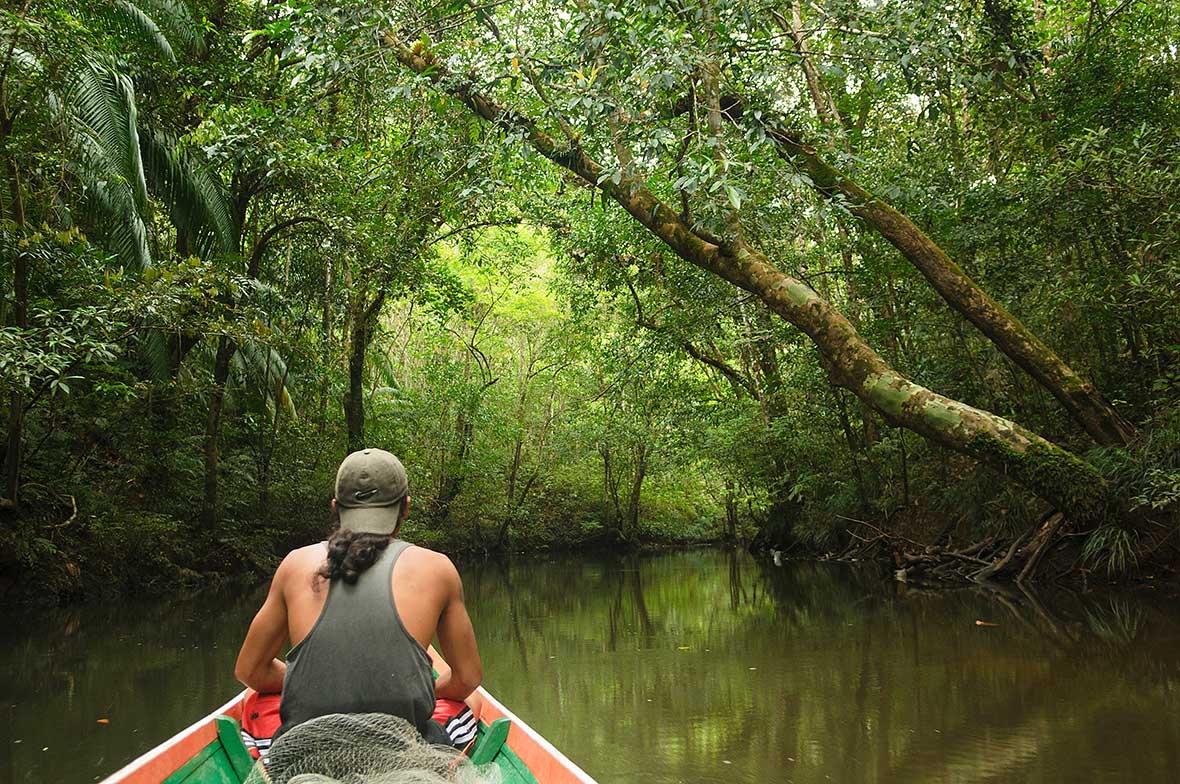
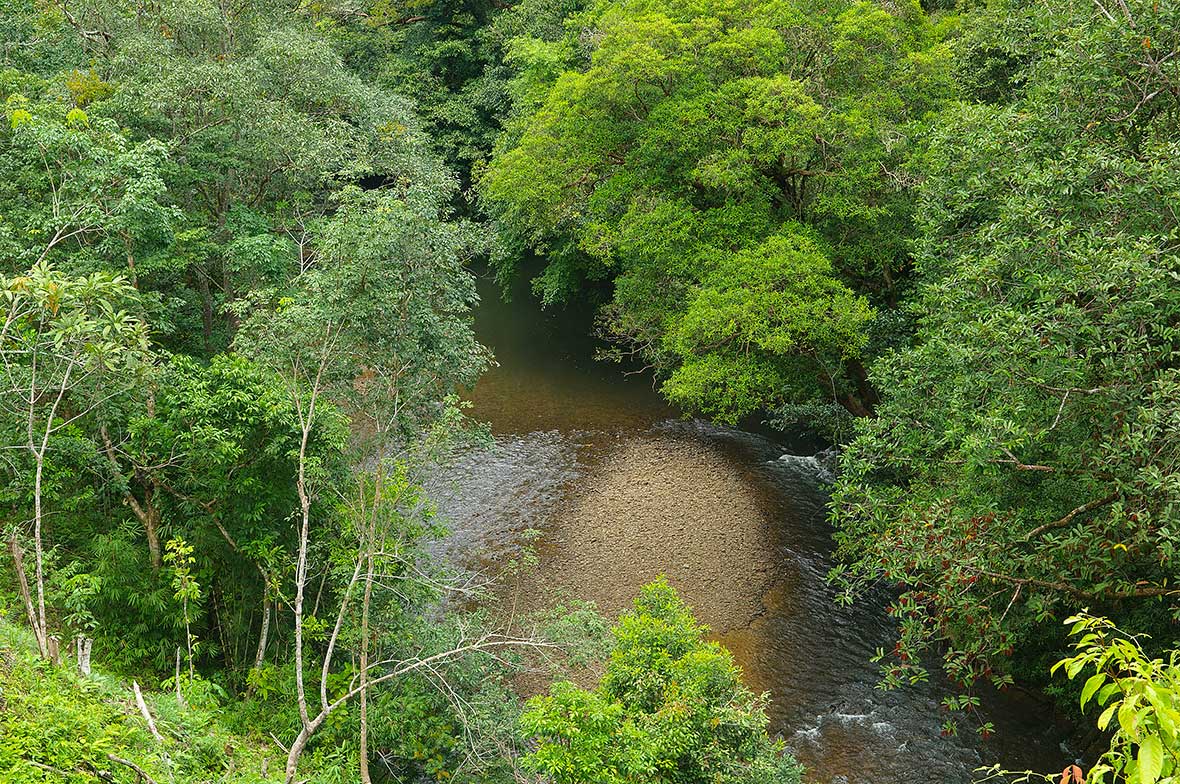
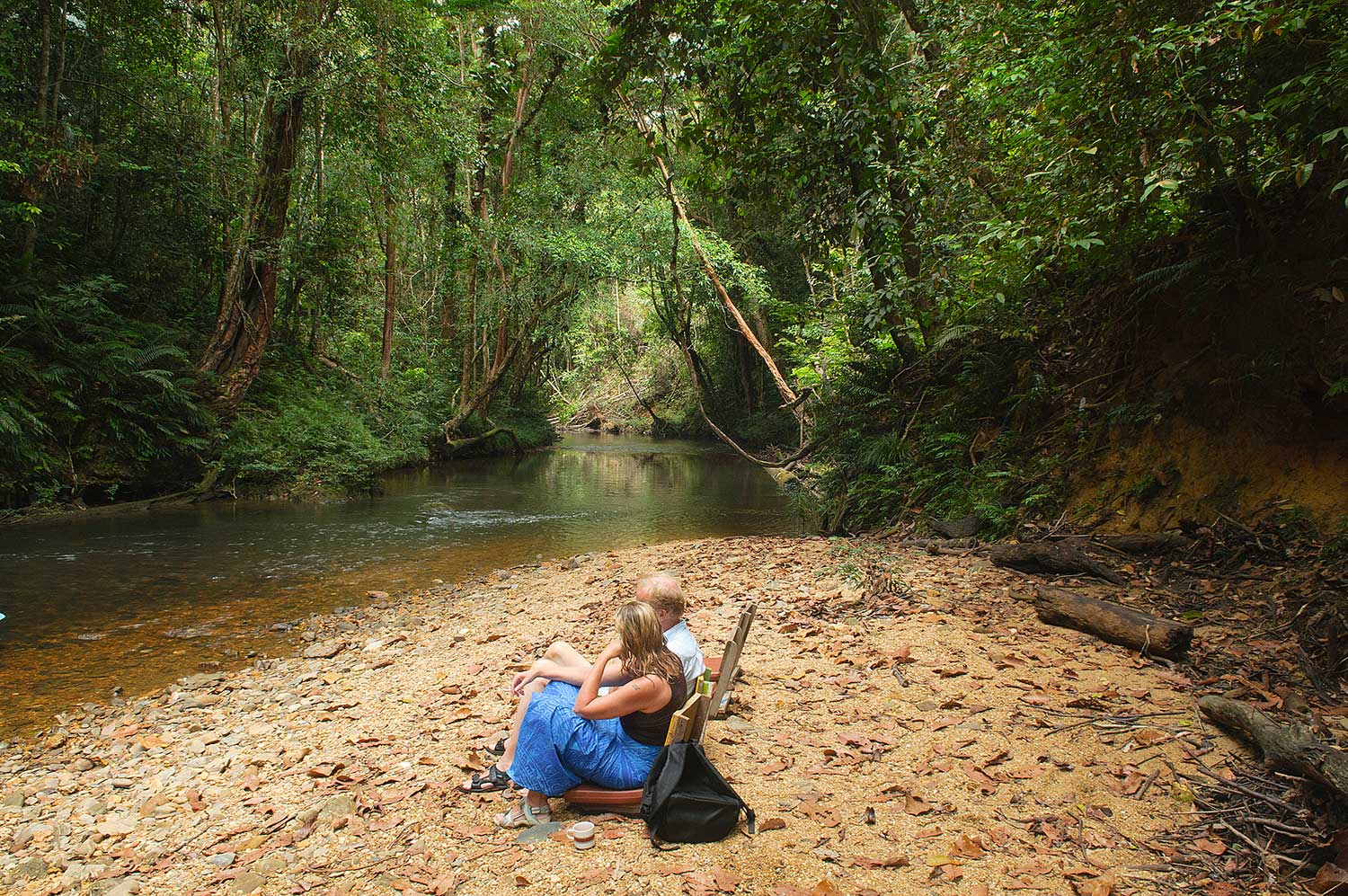
Borneo is divided into Indonesian Kalimantan, the Sultanate of Brunei, and the Malaysian regions of Sarawak and Sabah. It’s home to the oldest rainforest in the world, and has over 15,000 species of plants, 3000 species of trees, and plenty of wildlife, including gibbons, wild orangutans, and hornbills. While internal flights and new roads have made travel here easier, much of the inland jungle is still only accessible by river.
In the far west of Borneo, in Sarawak, a four-hour drive from the mellow capital of Kuching brings one to the impressive Batang Ai River and national park of the same name. It is here that the Iban tribe have settled along the riverbanks, living in wooden longhouses that often house over 30 families and 200 people. These days the Iban carry on a peaceful coexistence with their beautiful surroundings; fishing, weaving, tapping rubber, and welcoming eco-tourism to their doorstep.
It wasn’t always this way. During colonial times, the Iban, who were also known as the “sea Dayaks,” were renowned as excellent fishermen as well as sea pirates, and as they moved into Sarawak’s interior, they began taking enemy heads during their raids into rival territory, serving both as a rite of passage for young warriors as well as ensuring that an enemy’s spirit would be captured for good.
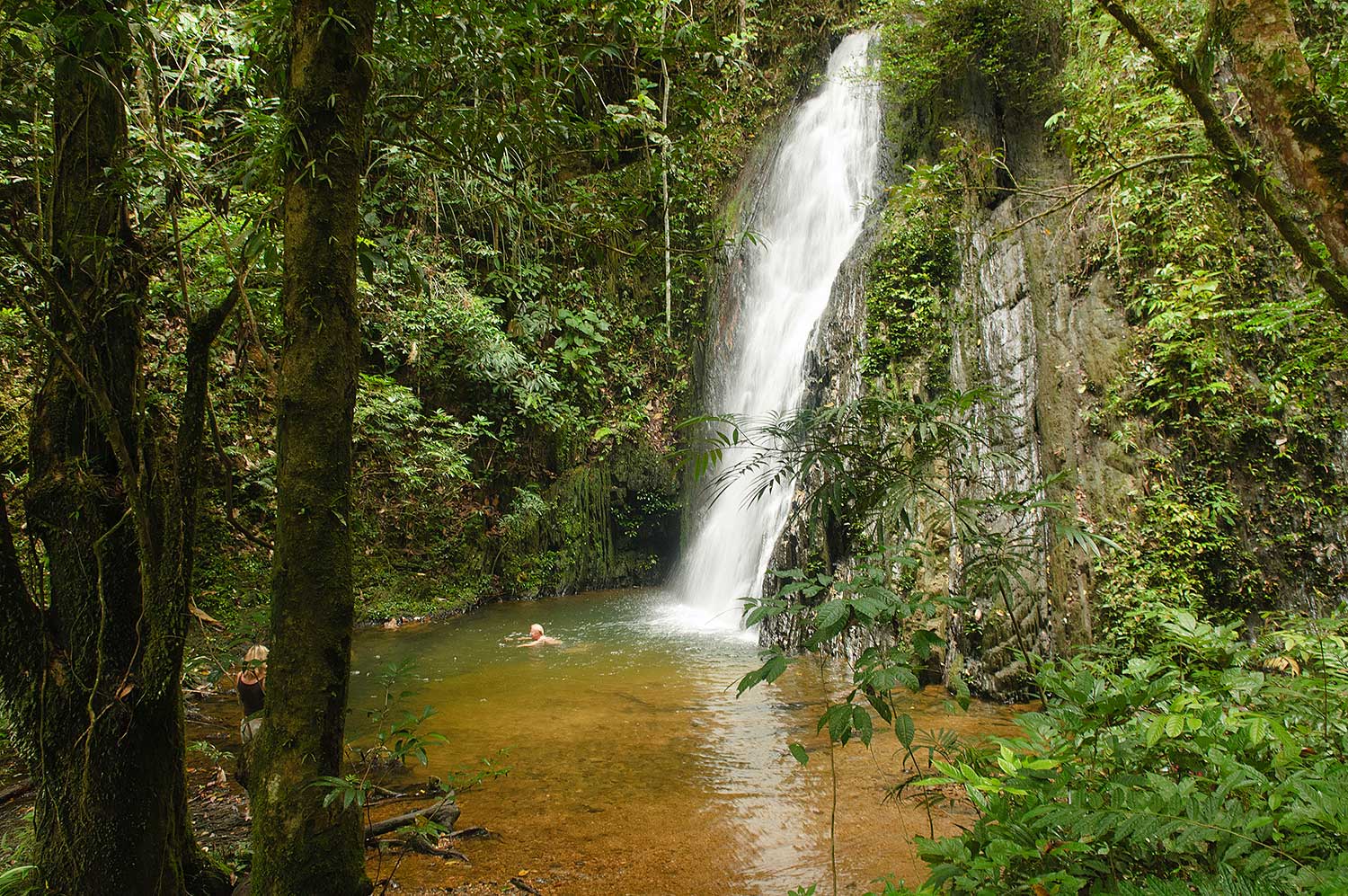
These days, many Iban have migrated to Kuching, becoming leading business and political leaders, as the Iban make up about a third of Sarawak’s population. While the “headhunters” moniker has stuck around, more peaceful traditions and warm welcomes are the norm.
As our motorized dugout snaked up the Batang Ai, the air was still and intensely humid, yet what I noticed most was not the pools of sweat forming under me, but the verdant scenery on all sides, silent and foreboding, with the only sounds coming from the odd hoots of gibbons from somewhere high up in the trees.
My guide said that not too many decades ago, orangutans could swing from branch to branch all the way across Borneo, something that has long disappeared with massive deforestation to create palm oil plantations.
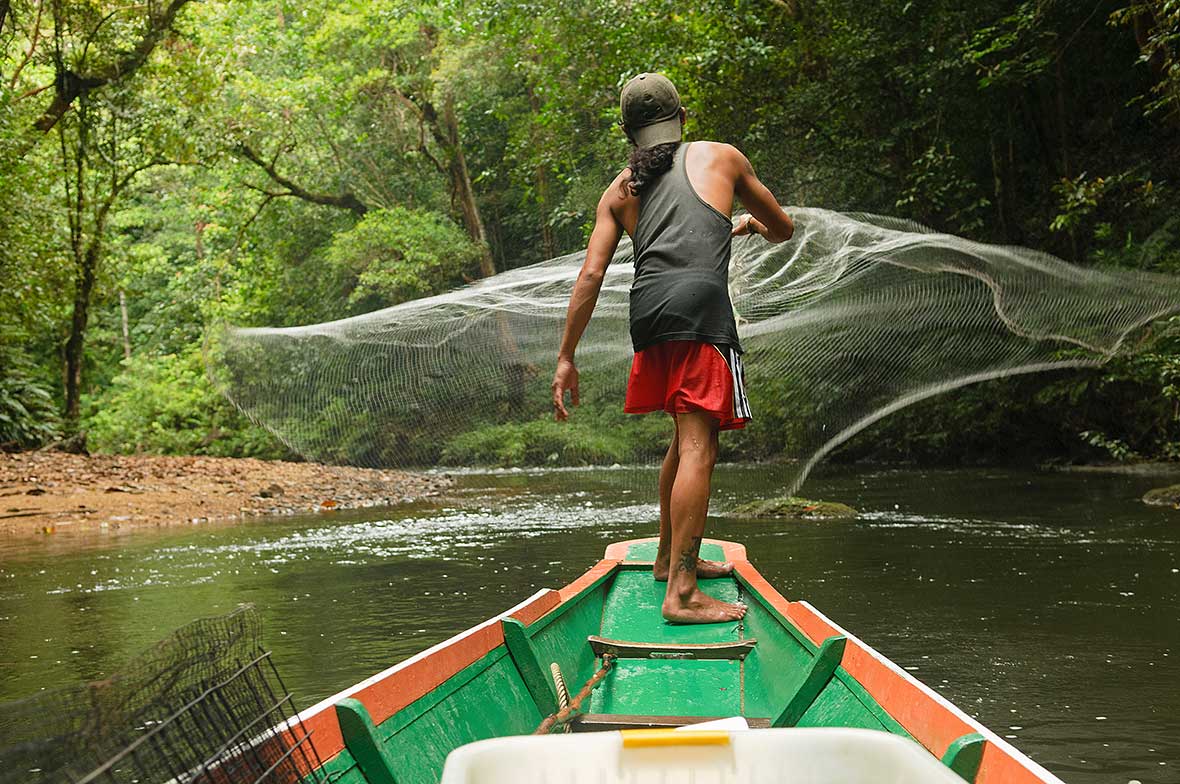
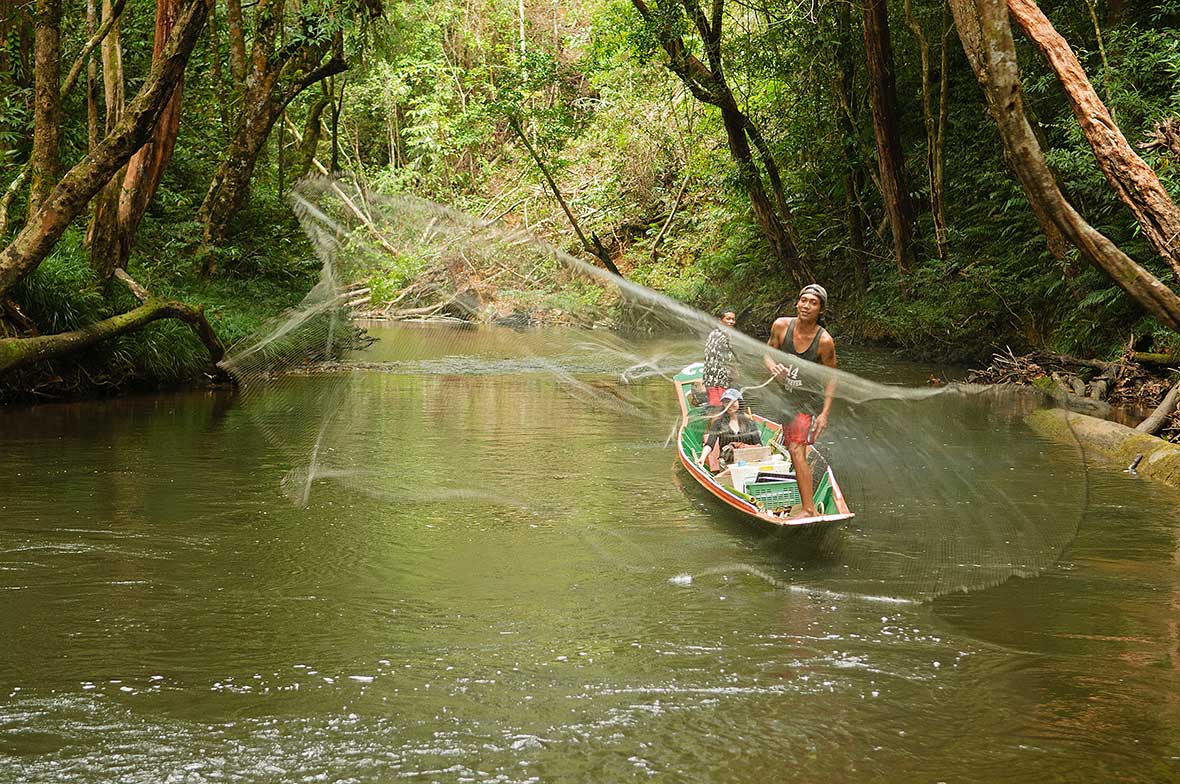
But here in Batang Ai, a protected park, they can still be spotted, occasionally dropping down to the river from the treetops to drink. Colorful hornbills flew overhead, and it really was about as tropical idyllic as could be, like something out of a Rudyard Kipling novel.
As we went further upstream, the river became narrower and shallower, defined by sharp bends. The longtail motor was of no use here, and our navigator, a sinewy Iban with large scorpion and tiger tattoos, had to pole the boat with a long wooden stick.
Eventually, the river was so shallow and rocky that the boat couldn’t even be poled, starting to scrape the river bottom, and we soon needed to get out and portage. As we went further in and the jungle canopy took over, I started to see my first Iban fishermen, young men who were just as adept as their forefathers, heaving large nets into the shallow waters and catching 20-30 fish within just a few minutes.
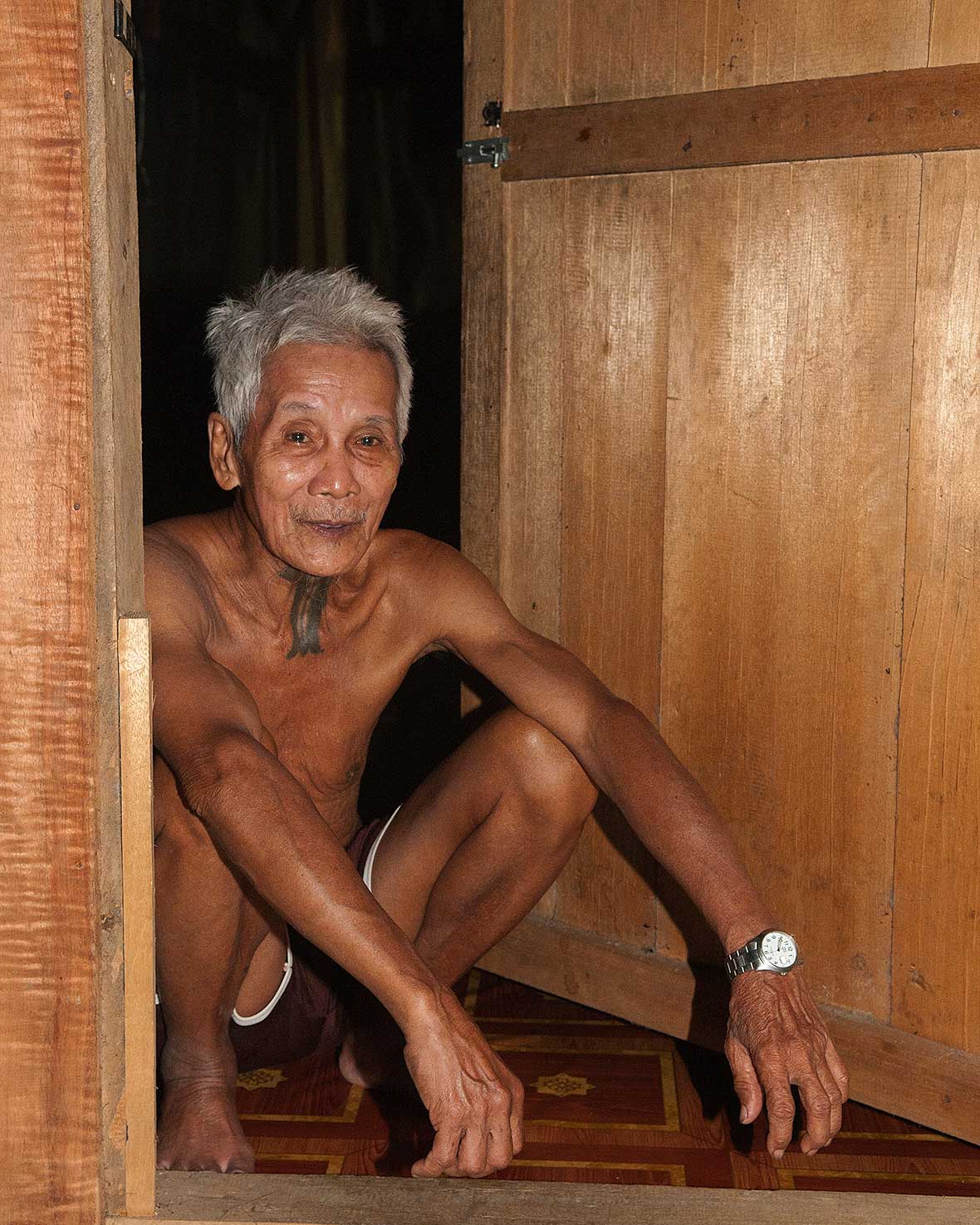
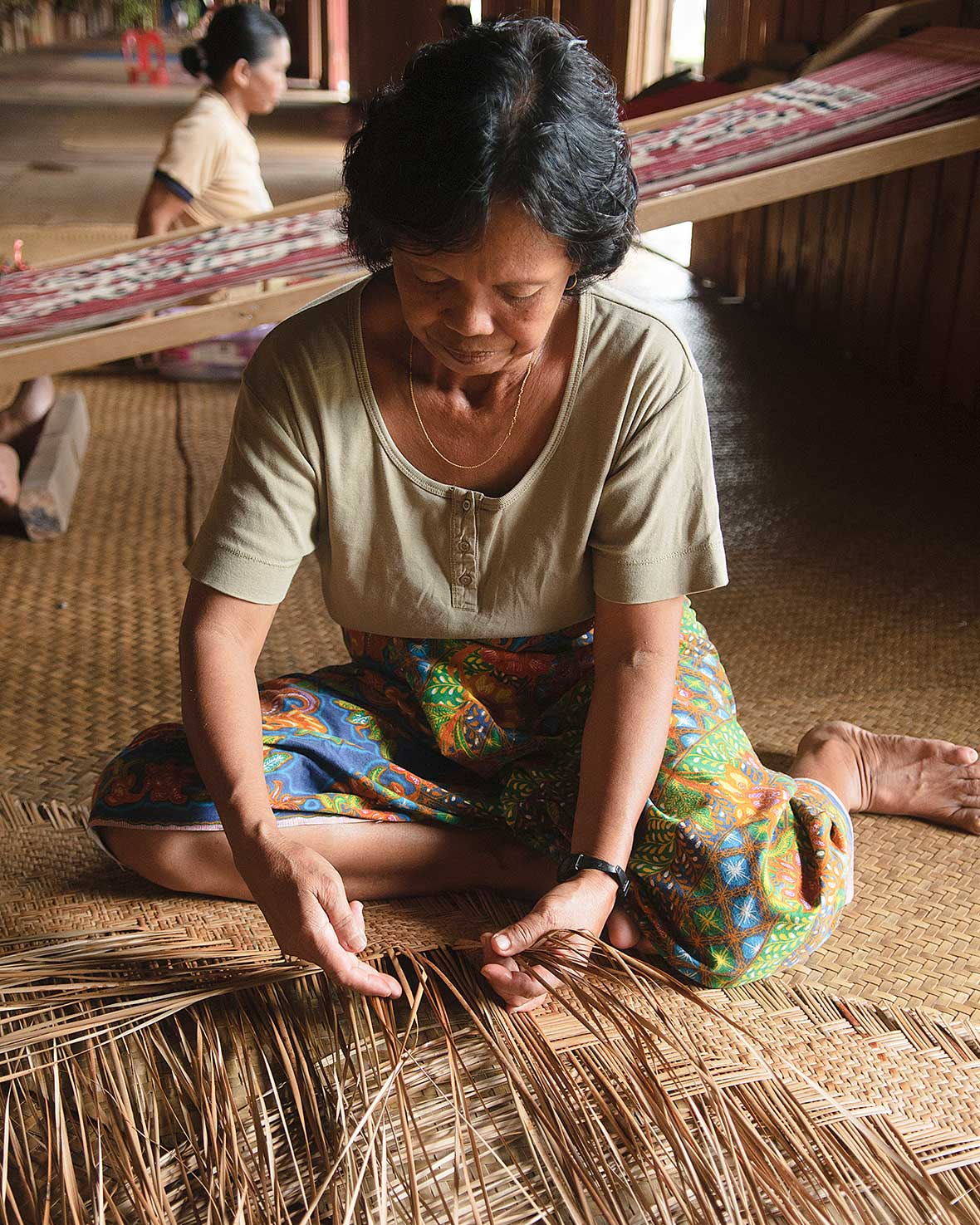
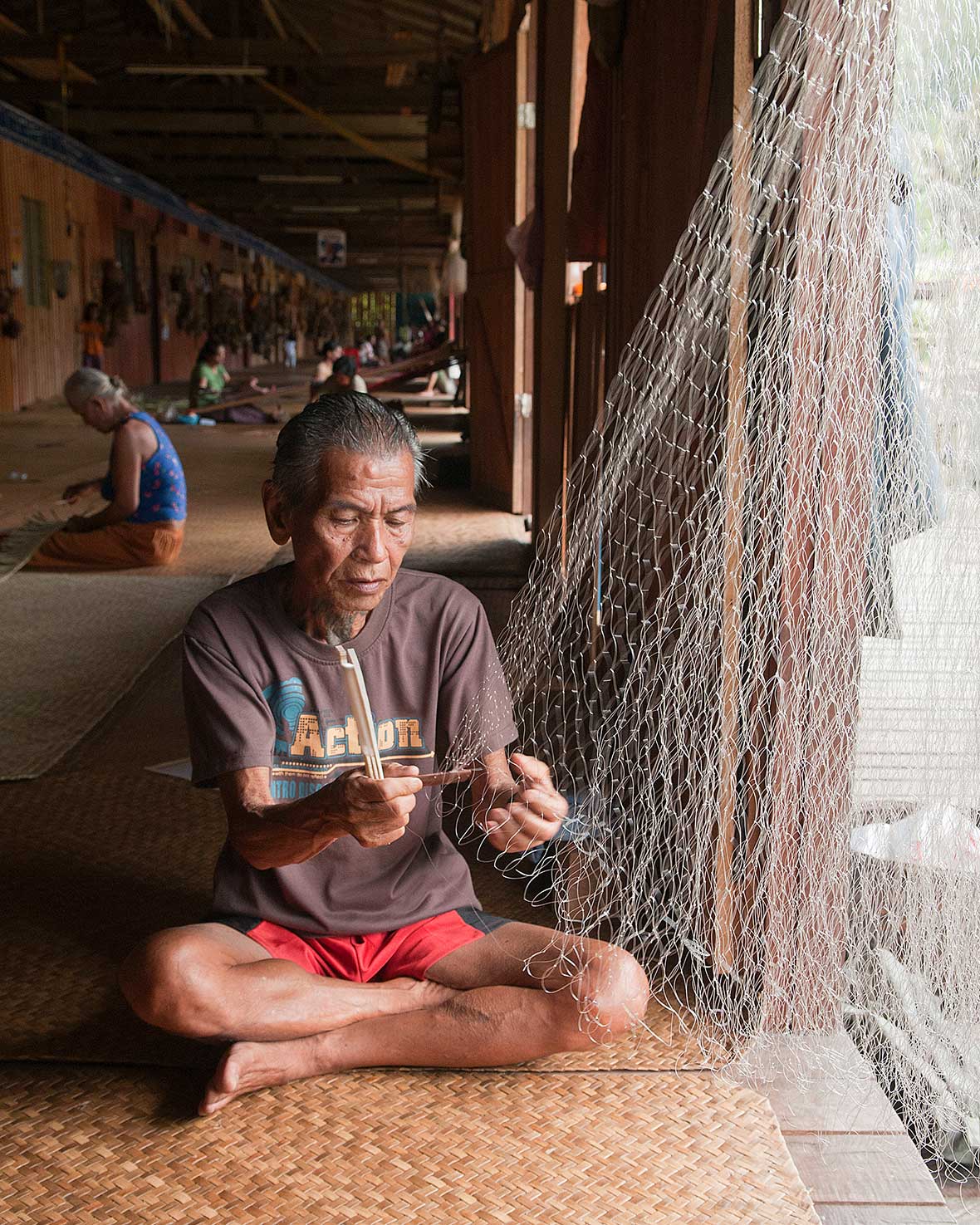
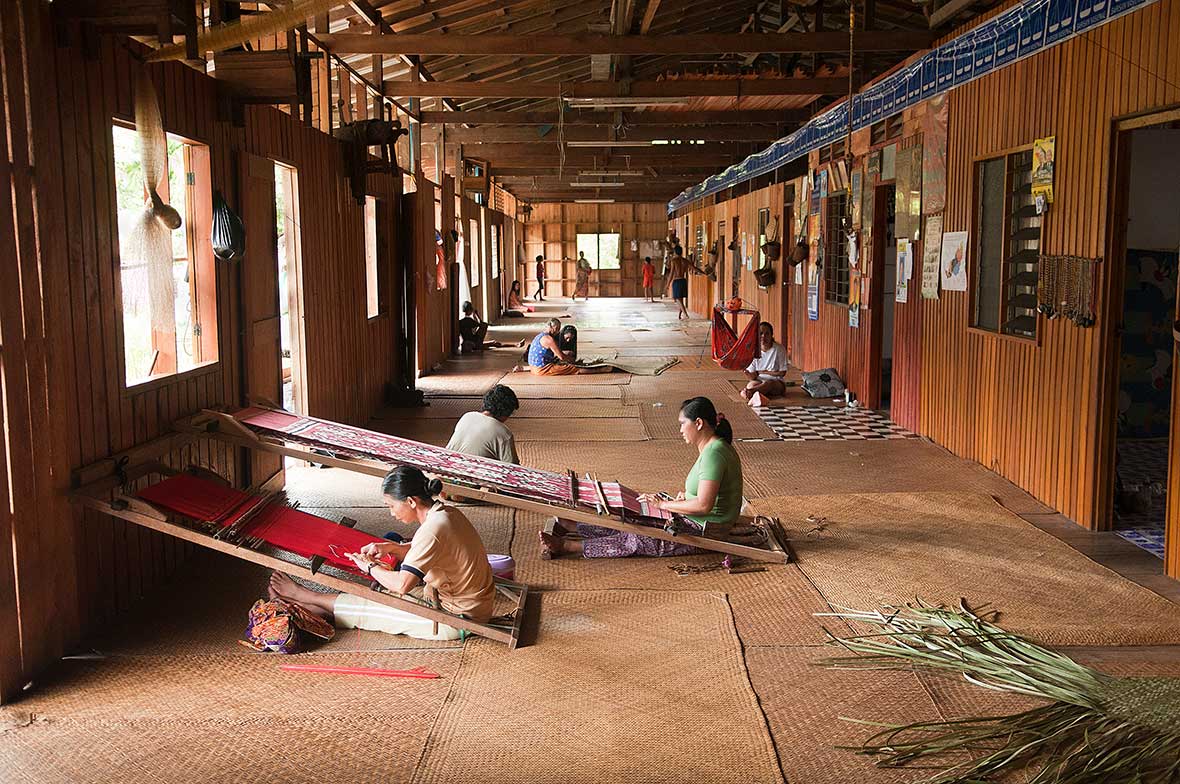
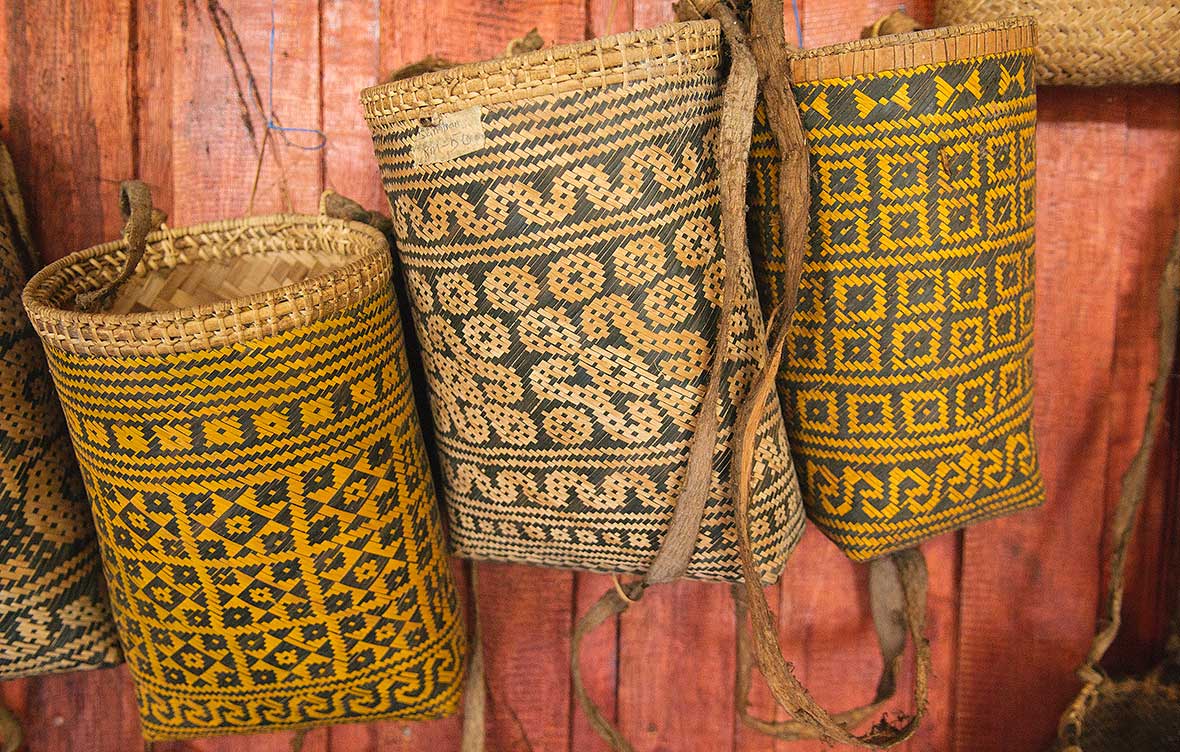
The presence of the fishermen signaled our proximity to the longhouse, a rectangular wooden structure built on stilts set in a jungle clearing several hundred feet above the river. It took about ten minutes of climbing up through steep and muddy jungle to reach the entrance, made even more interesting by the spotting of a bearded pig, the largest mammal in Borneo, digging in the forest not far away.
A group of teenagers in Metallica t-shirts and other western garb came out to usher us in, I fished out the packets of biscuits I’d brought as a welcoming gift, and we were invited into the ruai, the long inner corridor of the longhouse that serves as a common room. It is here that the community spends the day, with women weaving and men mending their fishing nets and rubber tapping tools, as well as serving a place for eating, drinking, and socializing.
A spry and wiry old man sporting a daunting warrior tattoo on his throat came over to sit near us, and my guide said he was the village chief. I glanced at his tattoo again and waited for him to lay down the law, but he was both shy and welcoming, putting me at ease, and he quickly whipped out a bottle of tuak, the local rice wine made from distilled glutinous rice flour, inviting our party to sample its contents.
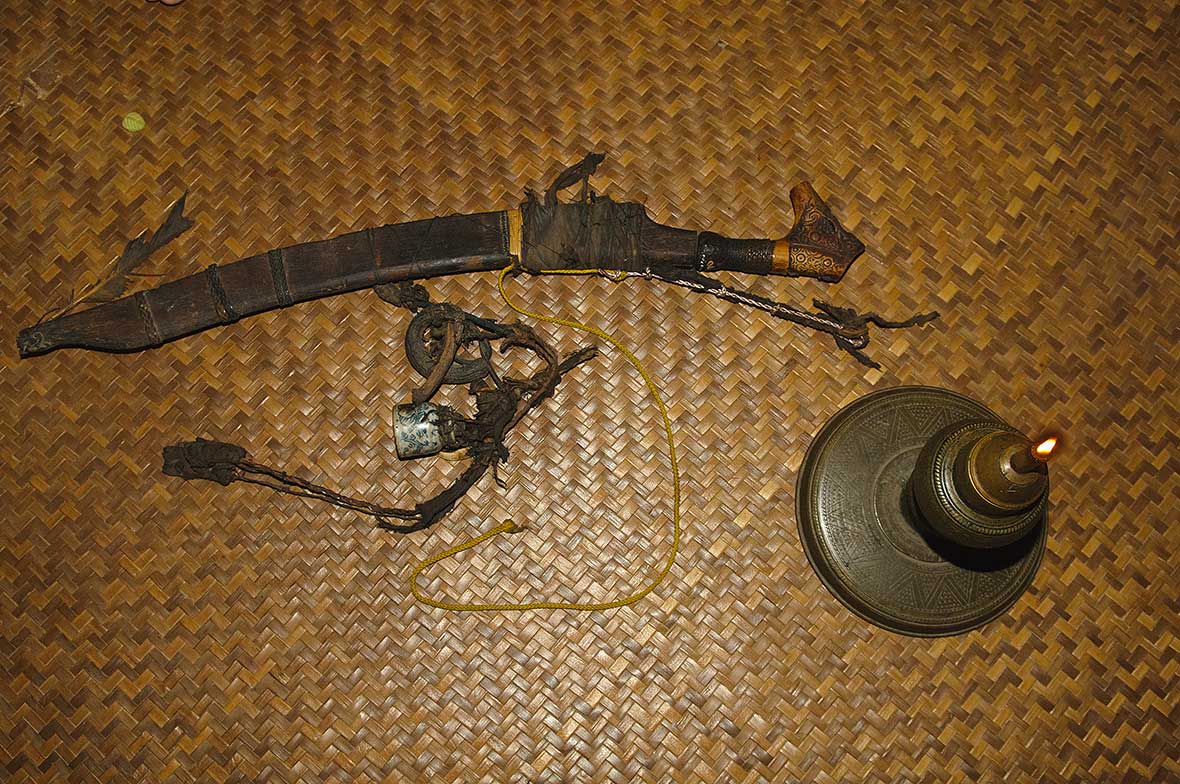
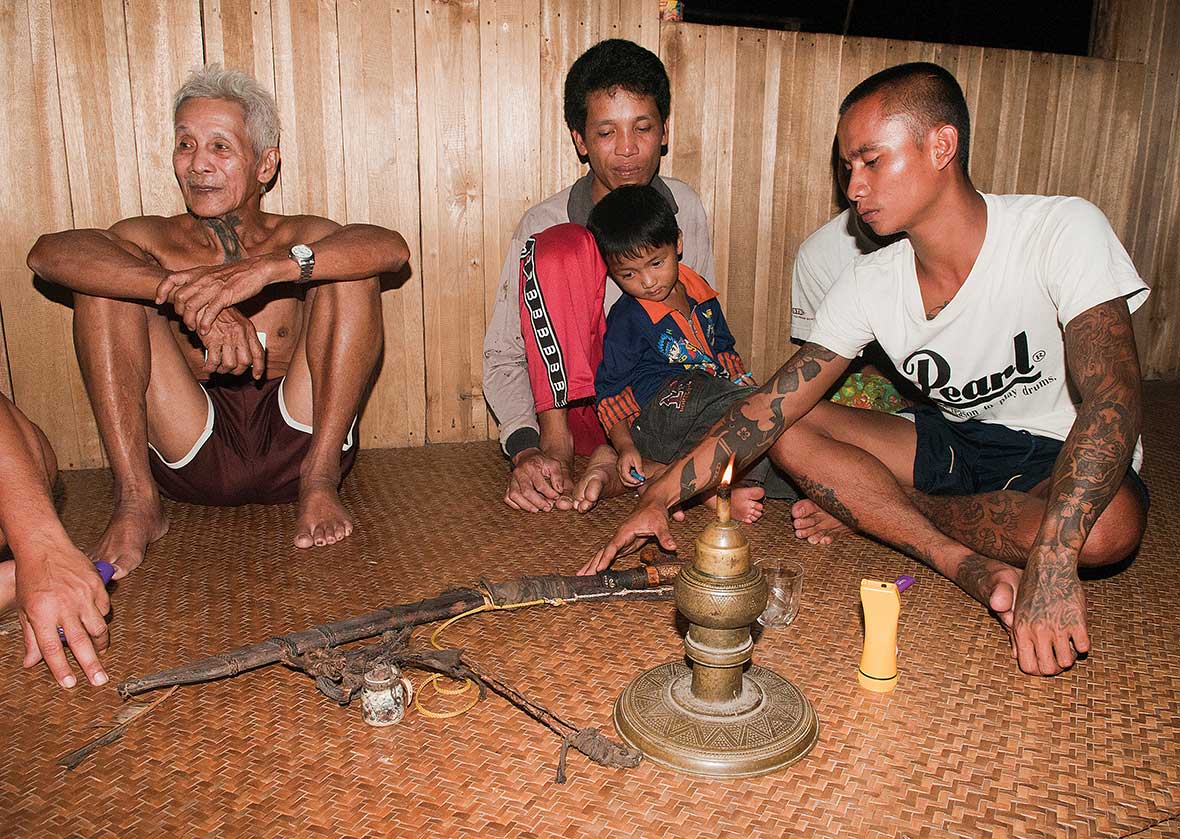
After braving a glass or two, I asked the guide to have the chief tell me a bit about his life growing up in the longhouse. He remembered being a child during World War II, and he and his brother having to go out with spears to defend themselves against the Japanese, whereas today, he chuckled, the Japanese and other tourists arriving were coming with smiles and gifts.
When I mentioned the taking of heads by the Iban in those times, he nodded in assent, but didn’t say anything else, other than to tell us that his throat tattoo, representing bravery and manhood, was quite painful to receive. Then again, perhaps things were better left unsaid. as there is an old Iban proverb that says, “A man without tattoos is invisible to the gods.”
We shared the remaining contents of the bottle of tuak, and then one of the young men got up and put on a traditional hornbill feathered headdress and began performing a ngajat ceremonial welcome dance.
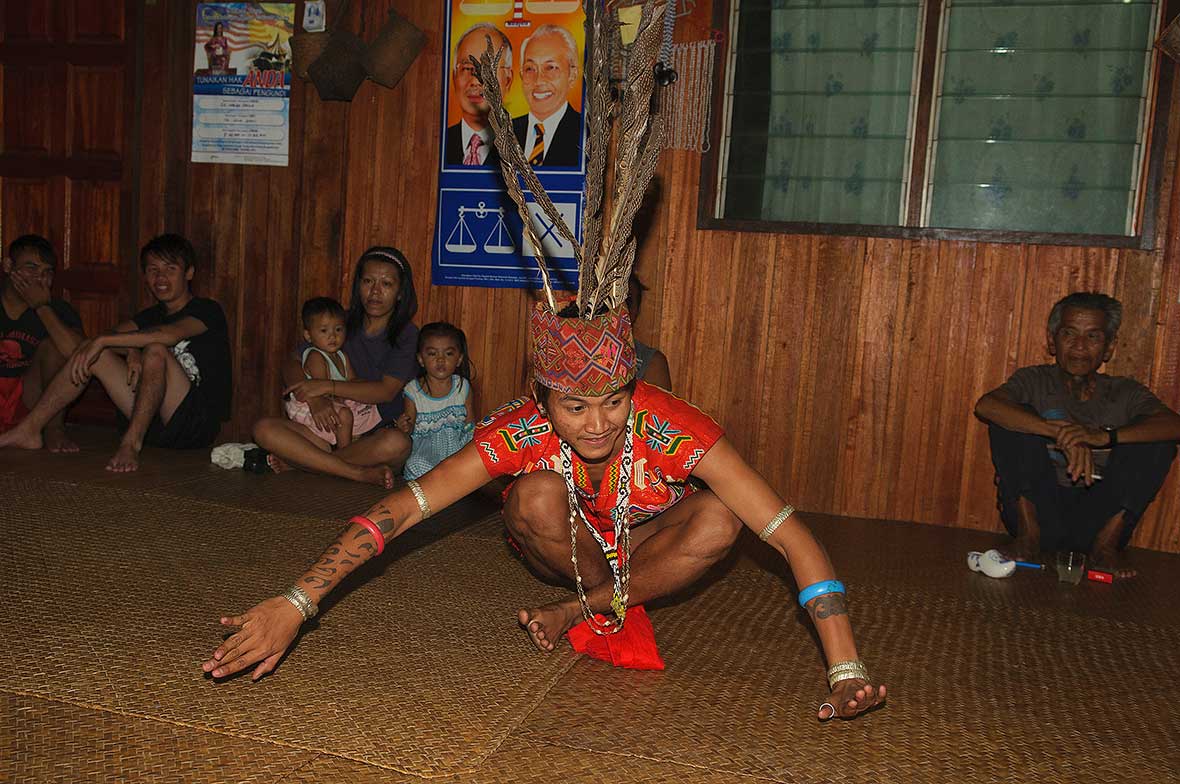
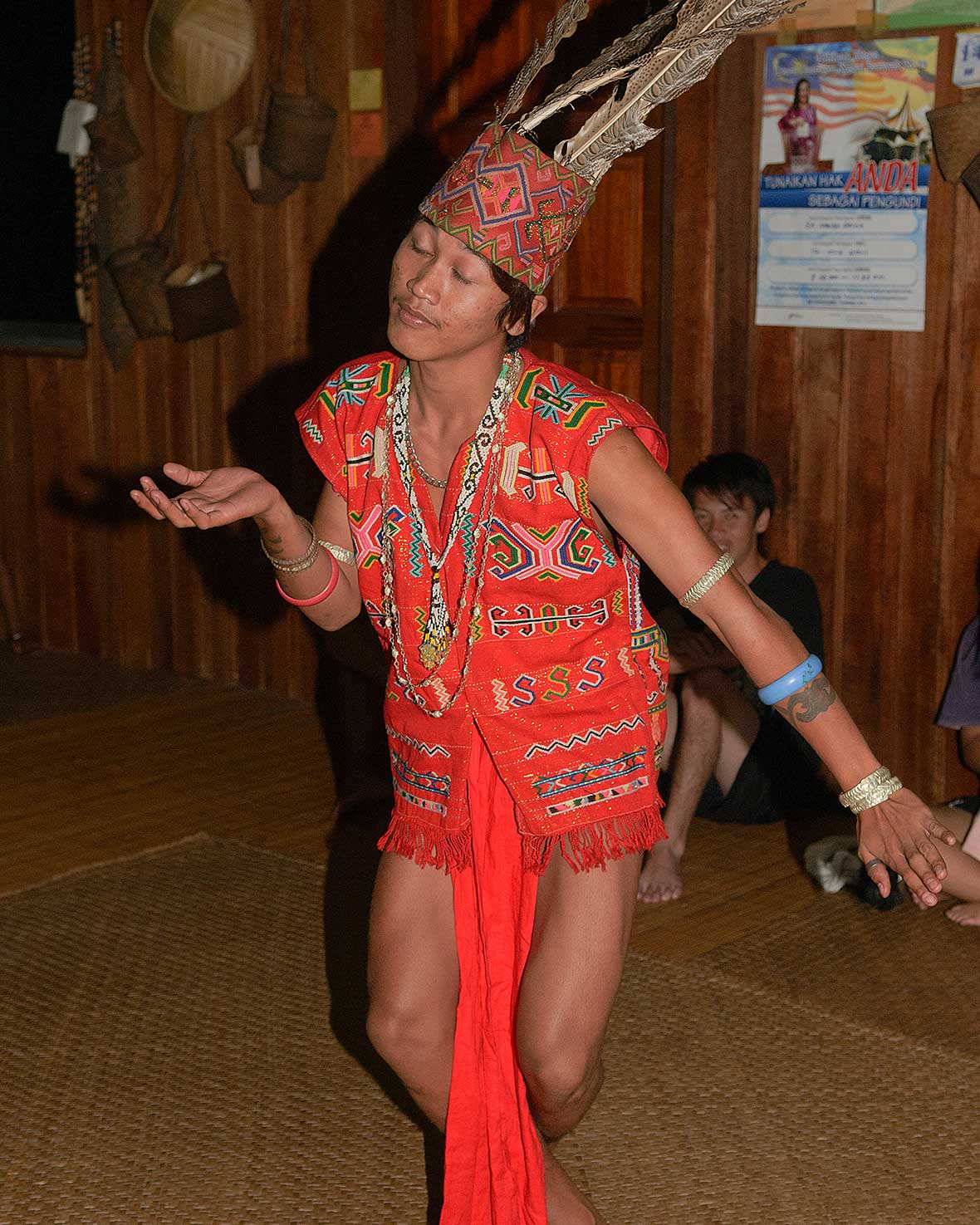
The ngajat dates to the 16th century and was originally performed by warriors returning from battle. Today it’s performed both to celebrate the annual Gawai Dayak tribal New Year festival, giving thanks for the harvest, as well as to welcome visitors that come to the longhouse. While the songs and dances were obviously being put on for the benefit of tourists, I was happy to see that the Iban were using tourism to help keep their longstanding culture alive and share it with the rest of the world.
Life on the Batang Ai certainly has moved with the times. There’s a plush Hilton set at the edge of the Batang Ai Reservoir, for those who don’t want to rough it, and one no longer can just paddle upriver and show up unannounced at longhouses, as visits need to be planned.
Then again, once there, you’ll be invited to join the party, which in our case went from more rice wine to being ushered onto our feet to join in the ngajat dance, no longer outsiders, but part of a vibrant community. And yes, you can be sure you’ll return with your head intact.
